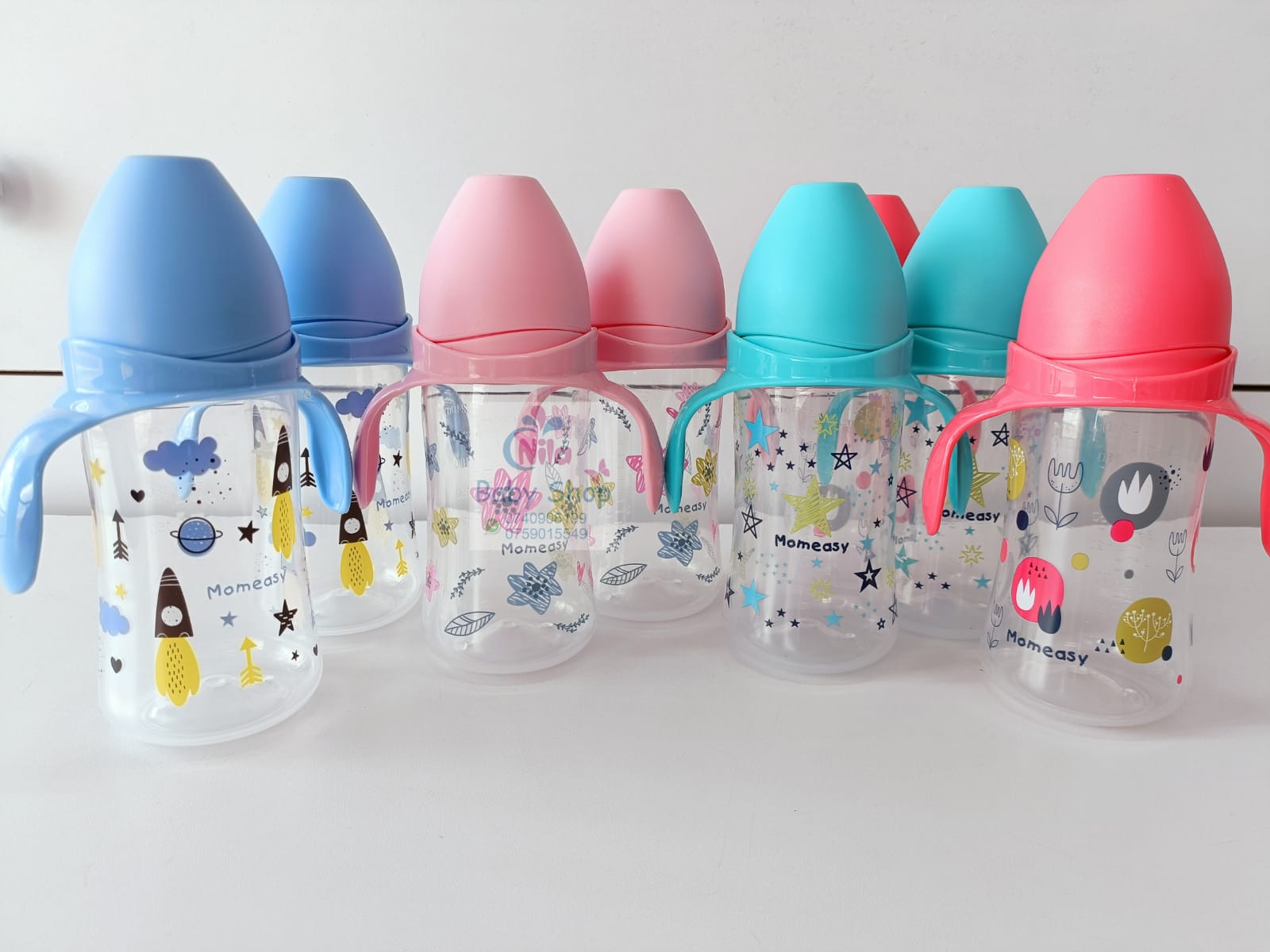
Breast milk storage is collecting and preserving breast milk for future use. Proper breast milk storage is vital to ensure it remains safe and nutritious for your baby. Here are some steps to follow for storing breast milk:
- Wash your hands thoroughly with soap and water before expressing or handling breast milk.
- Use a clean breast pump to express your milk. After each use, disassemble the pump and wash all parts that come into contact with breast milk in hot, soapy water. Rinse thoroughly and let air dry.
- Label a clean container with the date and time the milk was expressed.
- Pour the expressed milk into the container, leaving some room at the top for expansion during freezing.
- Store the milk in a refrigerator or freezer. Freshly expressed milk can be stored in the refrigerator for up to 4 days or in the freezer for up to 6 months.
- If storing in the refrigerator, place the container at the back where the temperature is most consistent.
- If storing in the freezer, place the container in the back where the temperature is most consistent.
- Thaw the milk by placing the container in the refrigerator overnight. Alternatively, you can place the container in a bowl of warm water or use a bottle warmer. Do not microwave breast milk, as it can create hot spots that burn your baby’s mouth.
- Once thawed, gently swirl the container to mix the milk layers. Do not shake the container vigorously; it can damage the milk proteins and make it less nutritious.
- Use the thawed milk within 24 hours. Do not refreeze it.
- By following these steps, you can ensure your breast milk is stored safely and remains nutritious for your baby.
There are several ways to express breast milk, either by hand or using a breast pump:
Hand Expression:
- Wash your hands thoroughly with soap and water.
- Find a comfortable and private place to express yourself.
- Use your thumb and fingers to form a C-shape around your breast, placing your fingers behind the areola.
- Gently press your fingers towards your chest, then release.
- Repeat this motion, moving your fingers around the breast until the milk starts to flow.
- Capture the milk with a clean container or breast milk storage bag.
Manual Breast Pump:
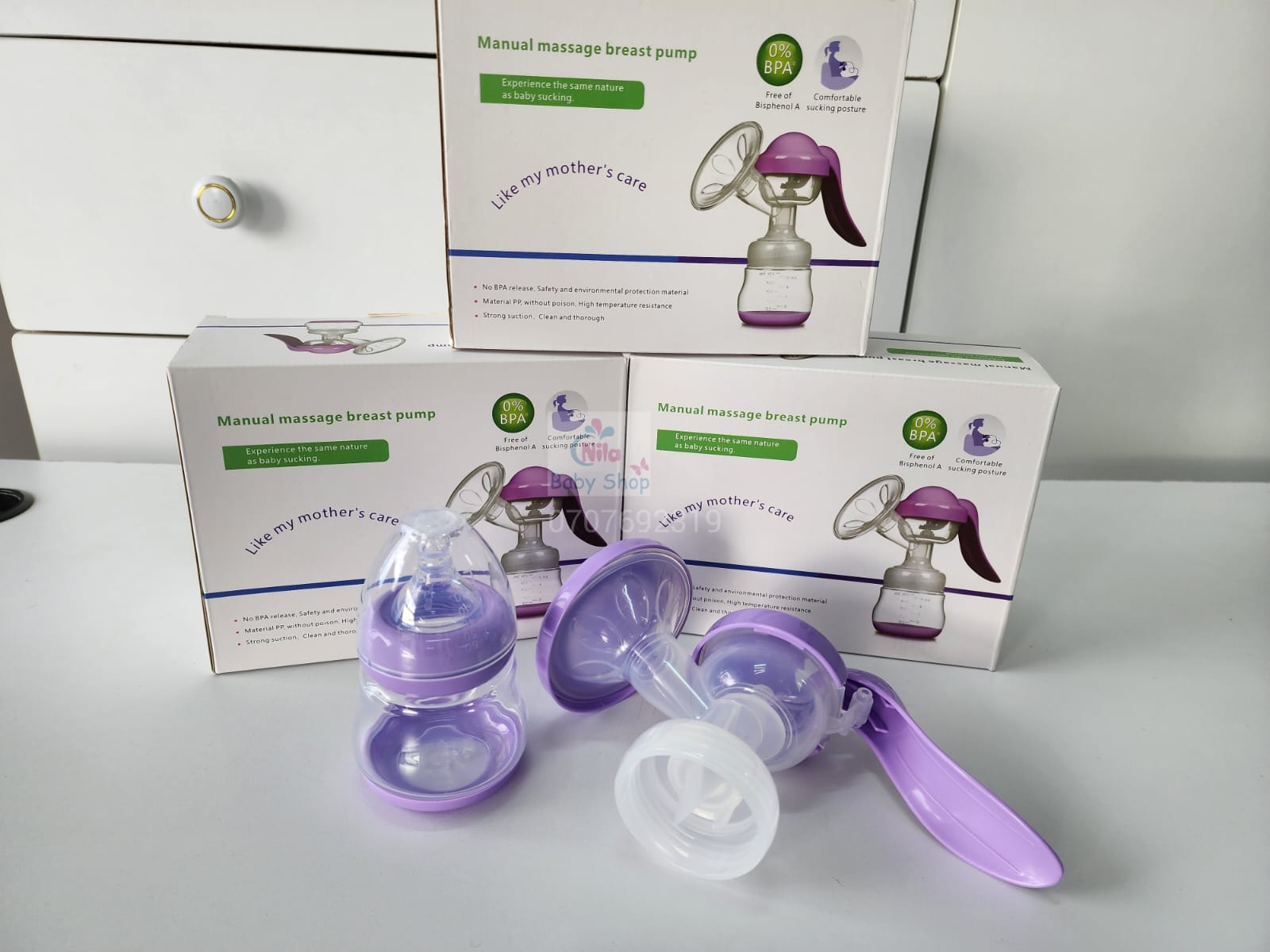
- Choose a breast pump that suits your needs and follow the manufacturer’s instructions.
- Wash your hands thoroughly with soap and water.
- Assemble the pump and place the breast shield over your nipple.
- Squeeze the pump’s handle or lever to create suction, then release.
- Repeat this motion until the milk starts to flow.
- Capture the milk with a clean container or breast milk storage bag.
Electric Breast Pump:
- Choose an electric breast pump that suits your needs and follow the manufacturer’s instructions.
- Wash your hands thoroughly with soap and water.
- Assemble the pump and place the breast shield over your nipple.
- Turn on the pump and adjust the suction level to your comfort.
- The pump will automatically create suction and release it in a pattern that mimics a baby’s sucking.
- Capture the milk with a clean container or breast milk storage bag.

It’s essential to keep your equipment and hands clean to avoid breast milk contamination. Always store expressed milk in a clean container or breast milk storage bag and follow safe storage guidelines.
General guideline for breast milk storage time:
At room temperature (25°C/77°F or below): up to 4 hours.
In a cooler with ice packs: up to 24 hours.
In the refrigerator (4°C/39°F or below): up to 4 days.
In a freezer compartment inside a refrigerator with a separate door: up to 2 weeks.
In a standalone freezer (kept at 0°F/-18°C or below): for up to 6 months or more.
It’s important to note that these are general guidelines and that the storage time may vary depending on various factors, including the temperature and cleanliness of the storage area, the quality and freshness of the breast milk, and the age and health of the baby. Labeling the milk with the date and time it was expressed is also essential to ensure it is used within the recommended storage time.
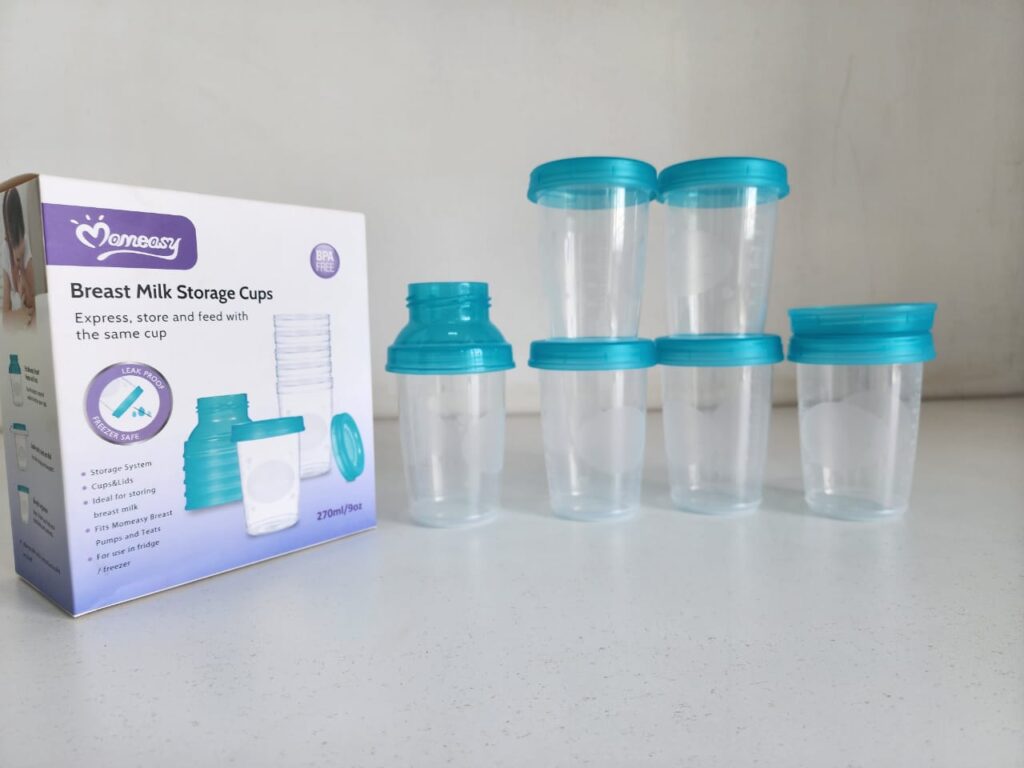
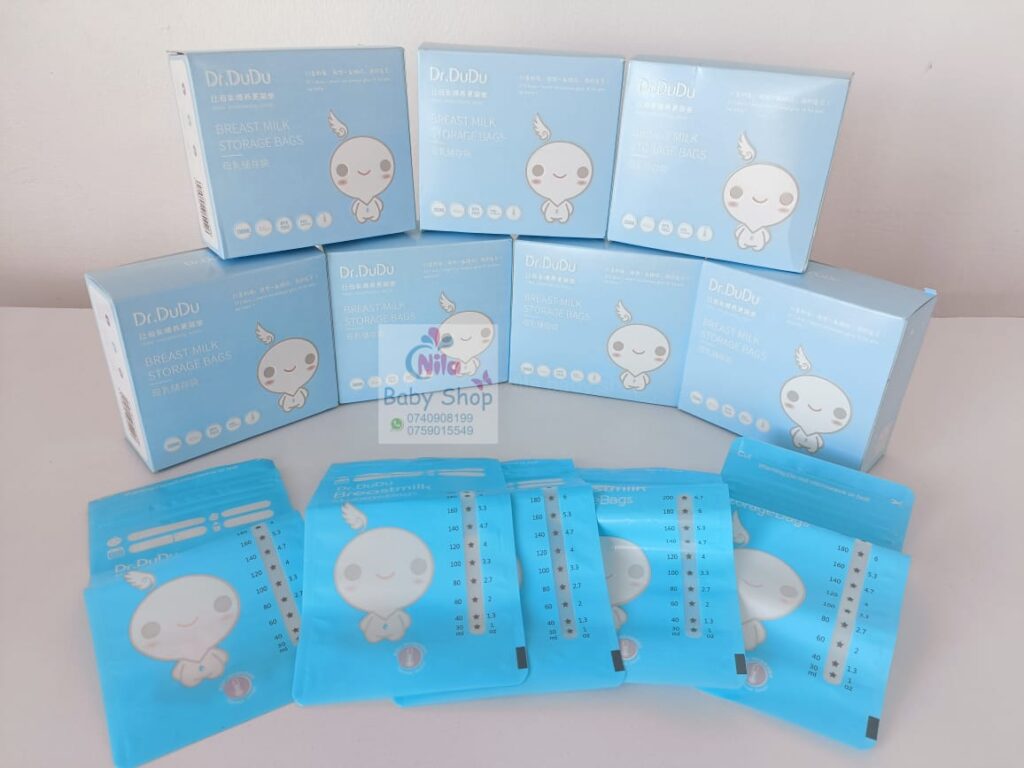
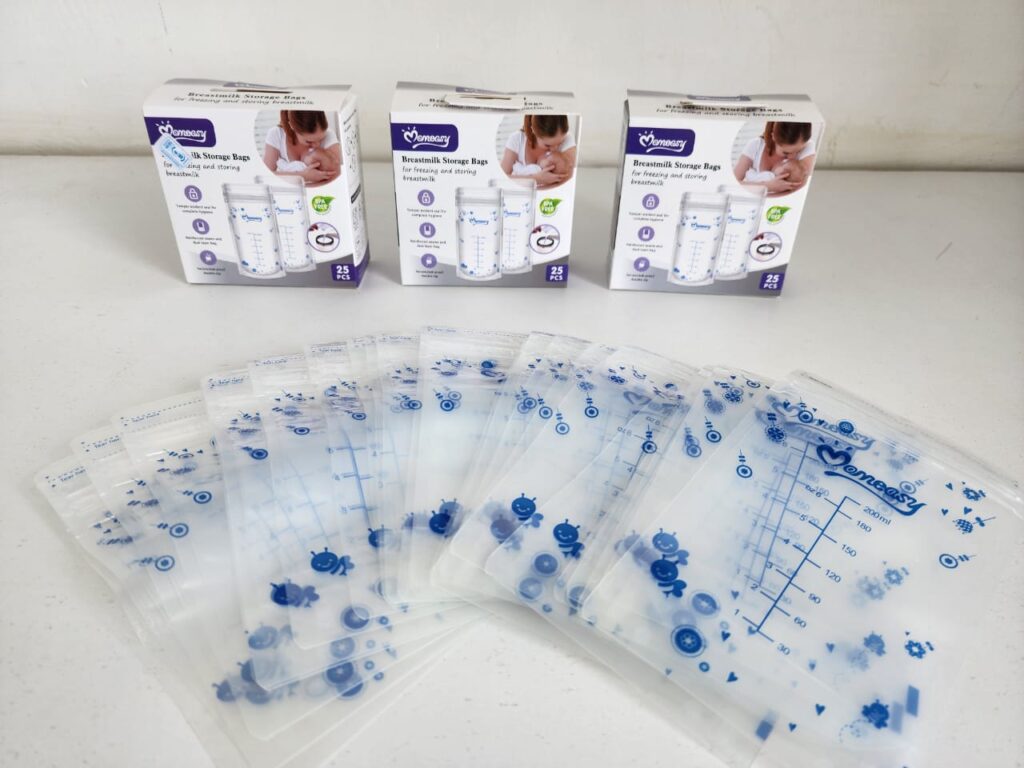
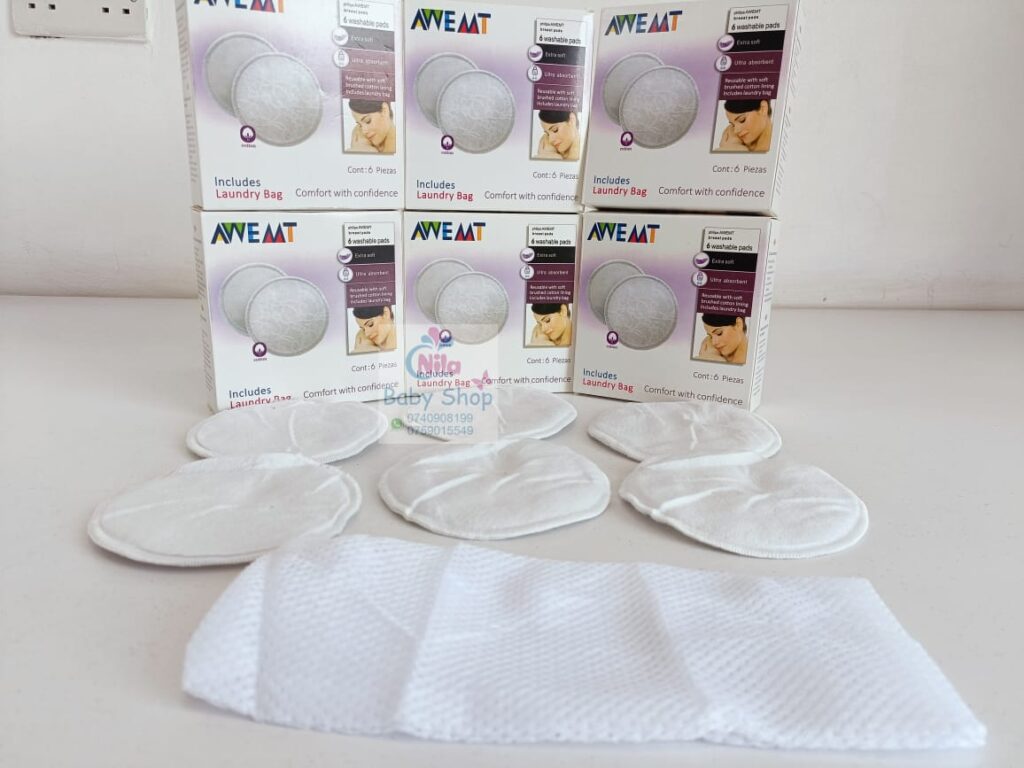
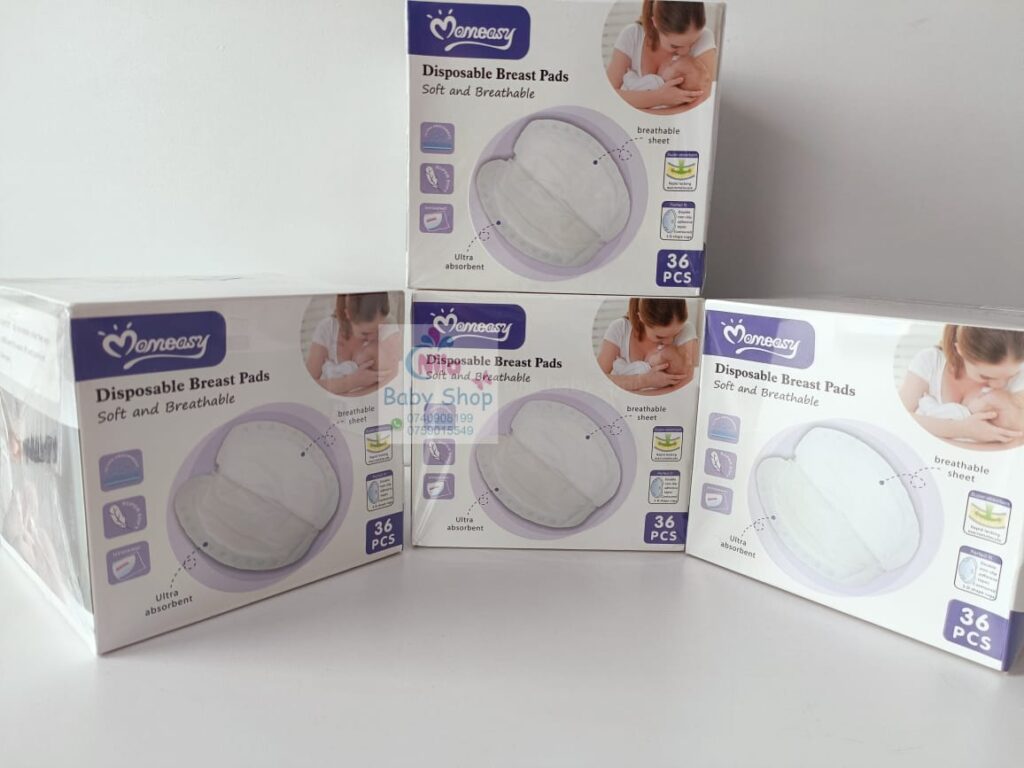
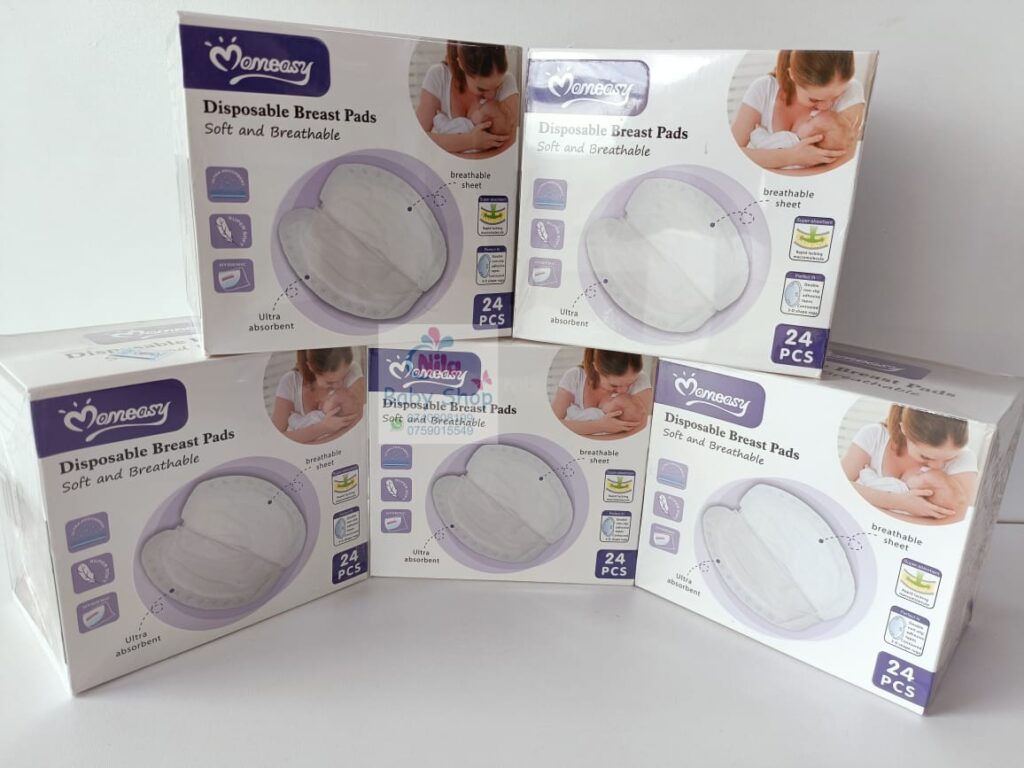
Here are some tips for freezing and refrigerating breast milk:
Freezing Breast Milk:
Use freezer-safe storage containers or bags that are specifically designed for breast milk.
Leave some extra space at the top of the container or bag, as breast milk expands when frozen.
Label the container or bag with the date and amount of milk inside.
Freeze breast milk as soon as possible after expressing it.
Use the oldest milk first by organizing your frozen milk by date.
Refrigerating Breast Milk:
Use clean, sterilized storage containers that are specifically designed for breast milk.
Label the container with the date and time the milk was expressed.
Place the container in the back of the refrigerator where the temperature is most consistent.
Don’t store breast milk in the refrigerator door, as the temperature can fluctuate too much.
Use refrigerated breast milk within four days, or freeze it for more extended storage.
Breast milk storage tips and guidelines:
Store breast milk in clean containers: Always use clean containers to store breast milk. Wash containers with hot, soapy water and rinse thoroughly. You can also sterilize the containers by boiling them for 5-10 minutes.
Label the containers: Label each container with the date and time the milk was expressed. This will help you use the oldest milk first.
Store breast milk in small quantities: Store breast milk in small quantities of 2-4 ounces. This will help you avoid wasting milk if your baby doesn’t finish the entire amount.
Use appropriate storage containers: Use containers specifically designed for storing breast milk, such as plastic or glass bottles or breast milk storage bags. Avoid using regular plastic bags or disposable bottle liners, as they may not be sterile and may leak.
Store breast milk in the refrigerator or freezer: Freshly expressed breast milk can be stored in the refrigerator for up to 4 days or in the freezer for up to 6 months. Keep the milk in the back of the refrigerator or freezer, where the temperature is most consistent.
Thaw breast milk safely: Thaw frozen breast milk by placing the container in the refrigerator overnight. You can also thaw the milk by placing it in a bowl of warm water or using a bottle warmer. Do not use a microwave to thaw breast milk; it can create hot spots that burn your baby’s mouth.
Use thawed breast milk within 24 hours: Once you’ve thawed breast milk, use it within 24 hours. Do not refreeze thawed breast milk.
Discard any leftover milk: If your baby does not finish the entire breast milk, discard any leftover milk. Do not save it for later.
Follow safe handling practices: Always wash your hands before expressing or handling breast milk. Avoid touching the inside of the container or the nipple of the bottle when filling it with milk. And always use clean utensils to handle the milk. Following these guidelines ensures your breast milk is stored safely and remains nutritious for your baby.
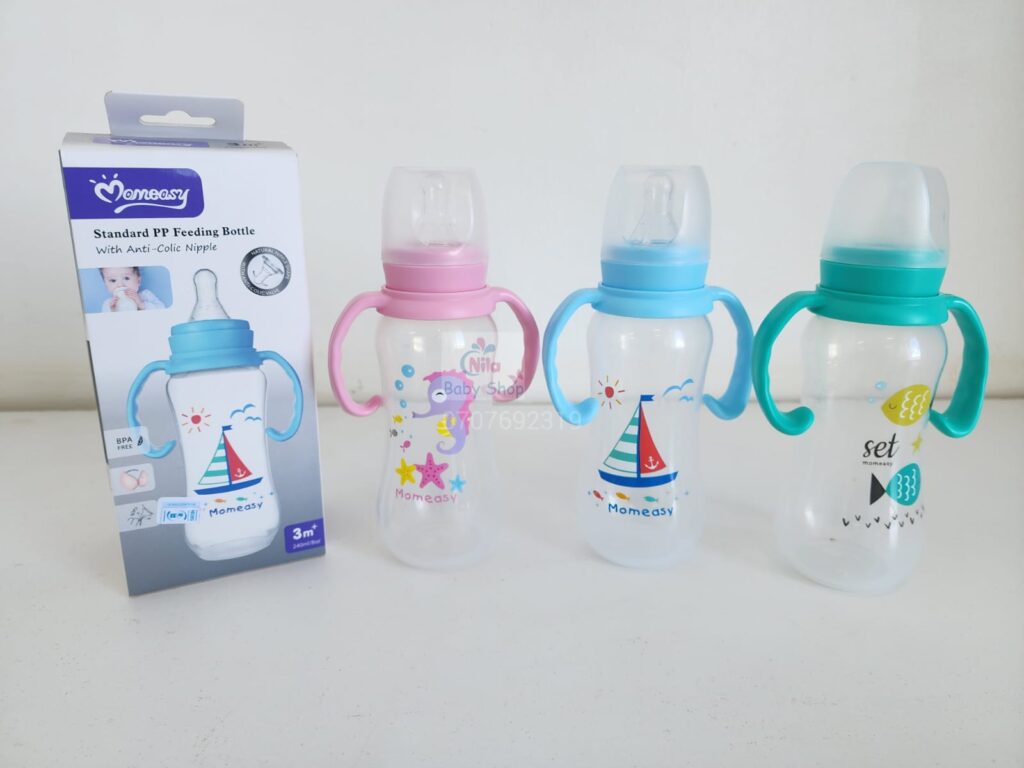
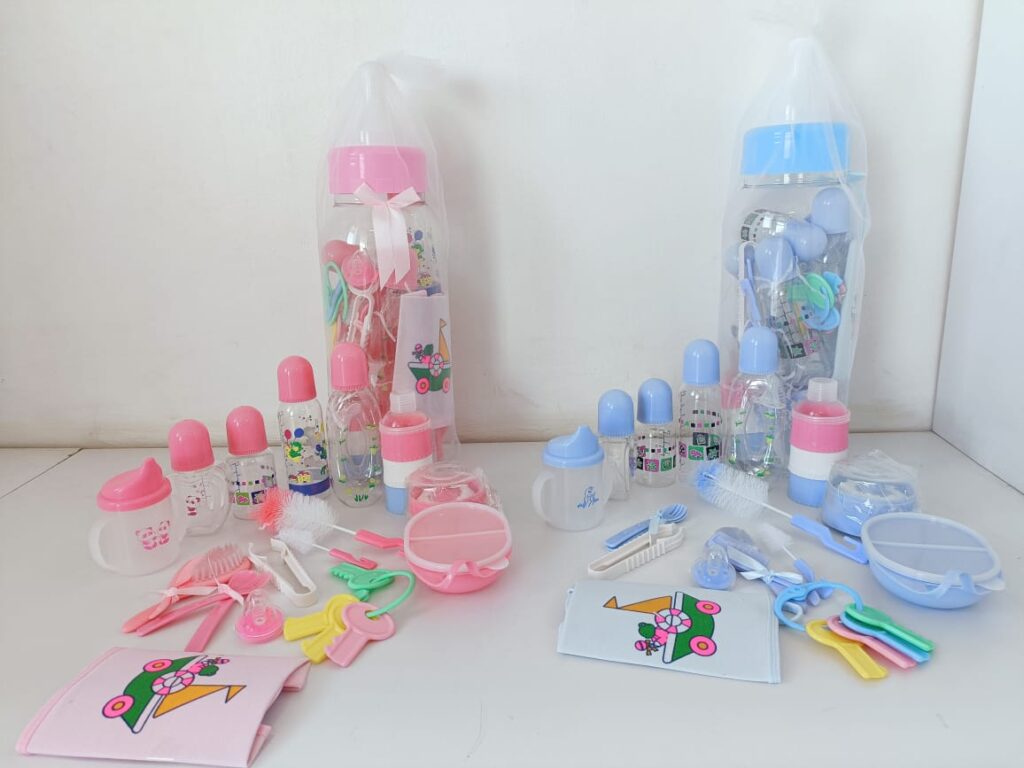
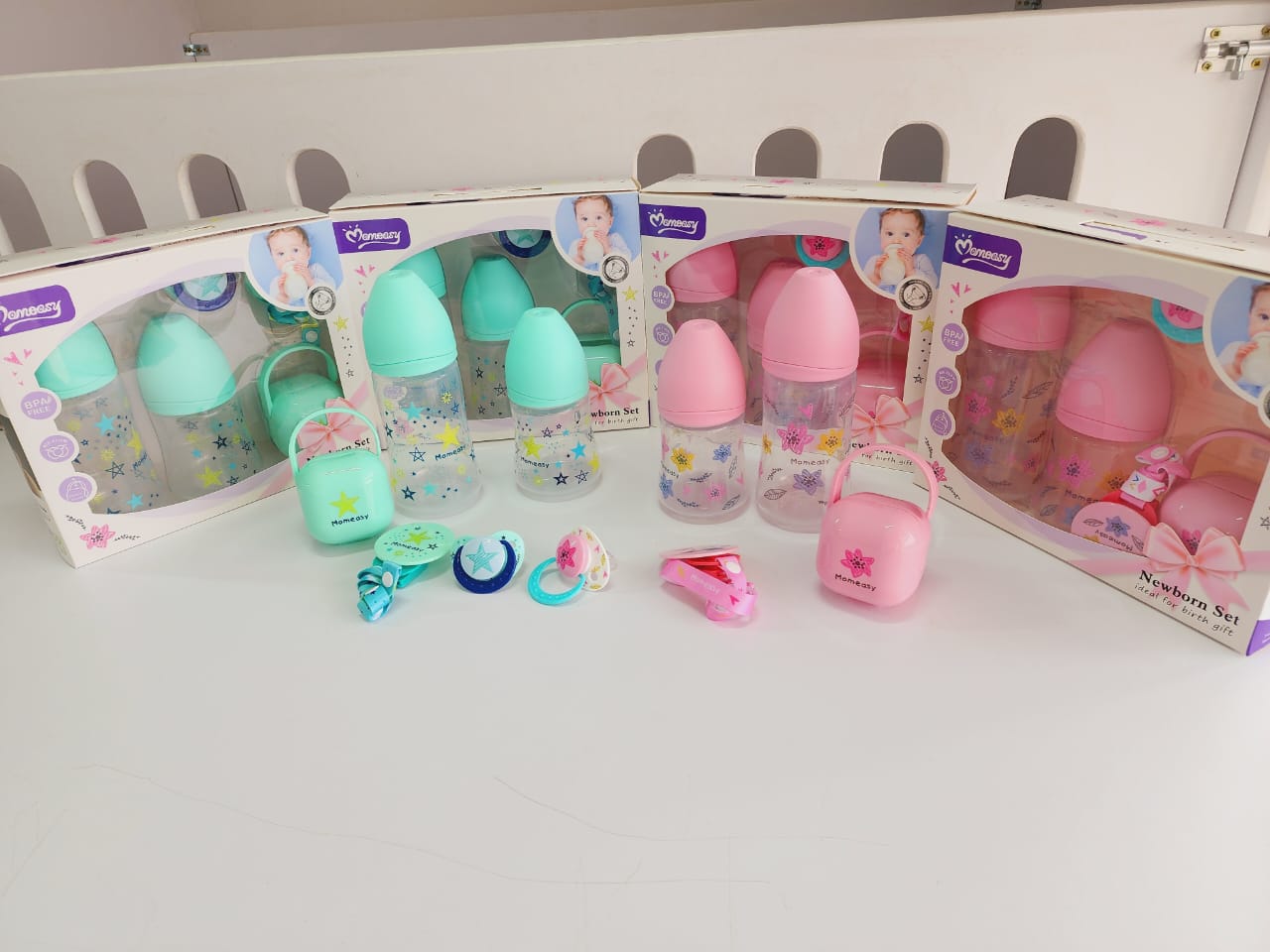
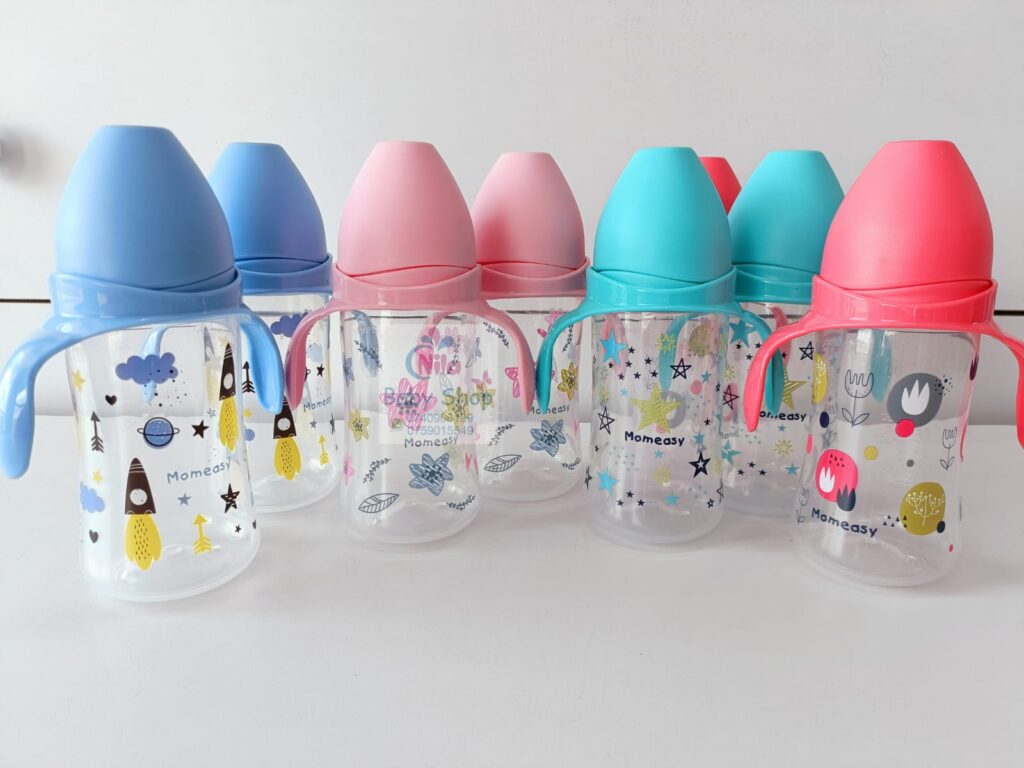
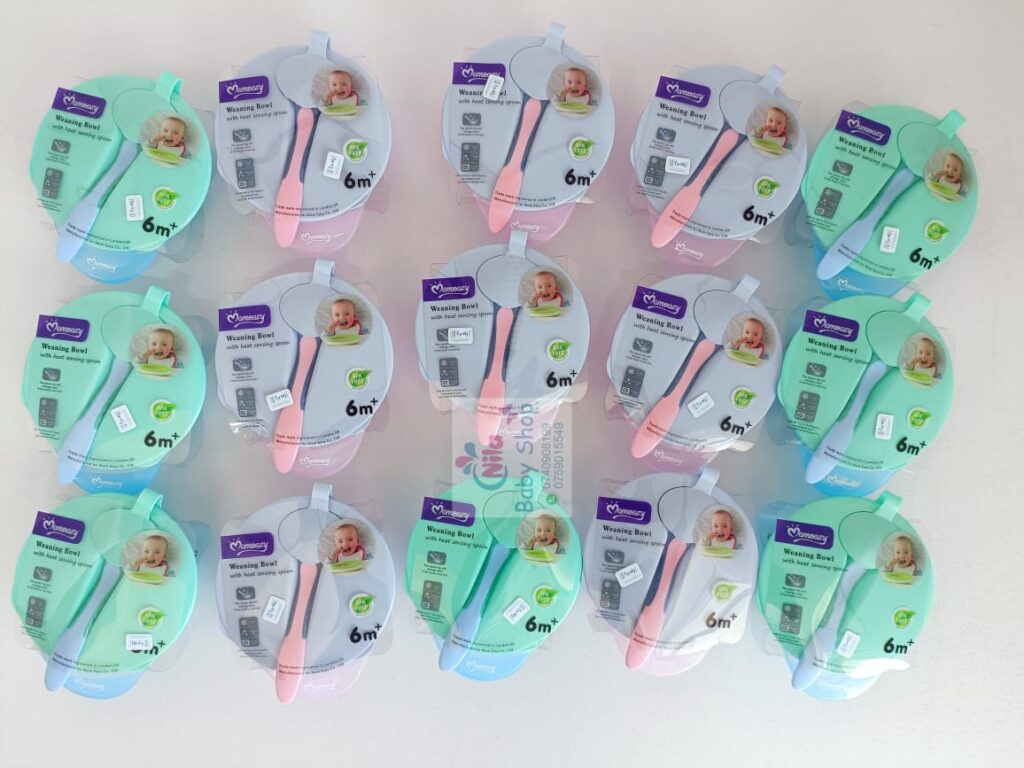
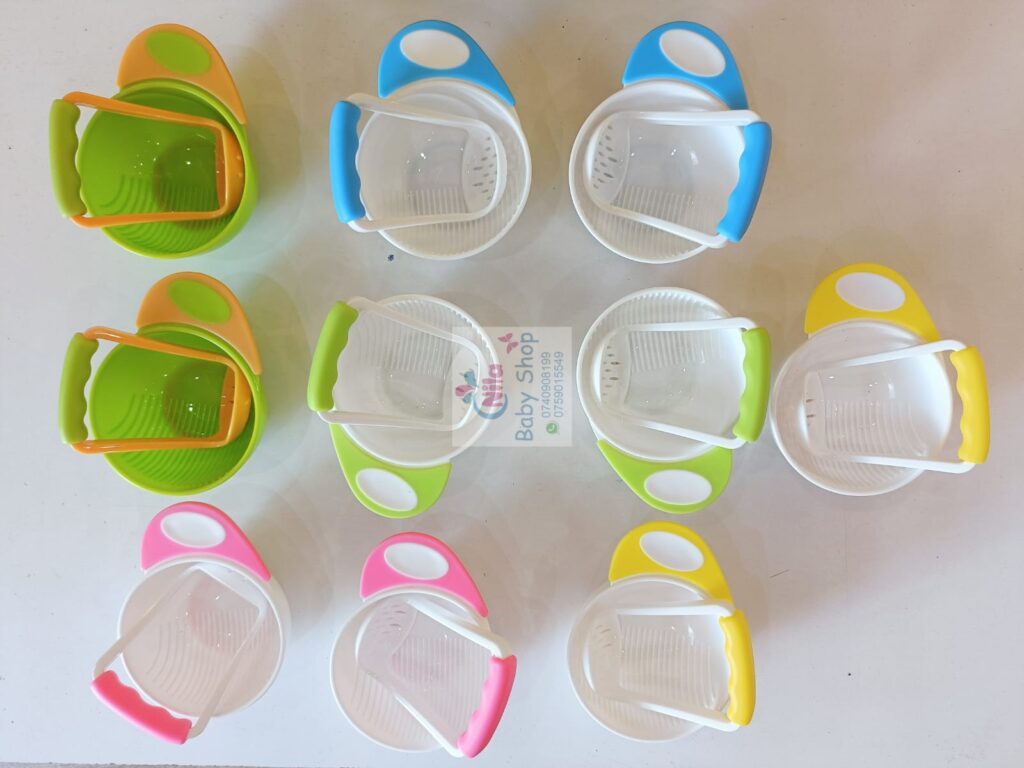
Do’s and don’ts for breast milk storage:
Do’s:
- Wash your hands thoroughly before expressing milk or handling storage containers.
- Use clean, sterilized storage containers that are specifically designed for breast milk.
- Label the storage containers with the date and time the milk was expressed.
- Store breast milk in small amounts (2-4 ounces) to avoid waste and ensure it’s used within the recommended storage time.
- Store breast milk in the back of the refrigerator or freezer, where the temperature is most consistent.
- Thaw frozen breast milk slowly in the refrigerator or by placing the container in a bowl of warm water. Never microwave or boil breast milk, which can destroy its nutritional and immune-boosting properties.
Don’ts:
Don’t add fresh milk to already frozen milk.
Don’t store breast milk in disposable bottle liners or plastic bags that aren’t explicitly designed for breast milk storage.
Don’t refreeze thawed breast milk.
Don’t leave breast milk at room temperature for longer than 4 hours. Don’t use breast milk that smells sour or has an off taste, as it may be spoiled.
Written by Nila Baby Shop
Best Baby and Mother Products Store. Our main objective is to provide an exceptional online shopping experience, home delivery, and prompt customer service.
Leave a Reply